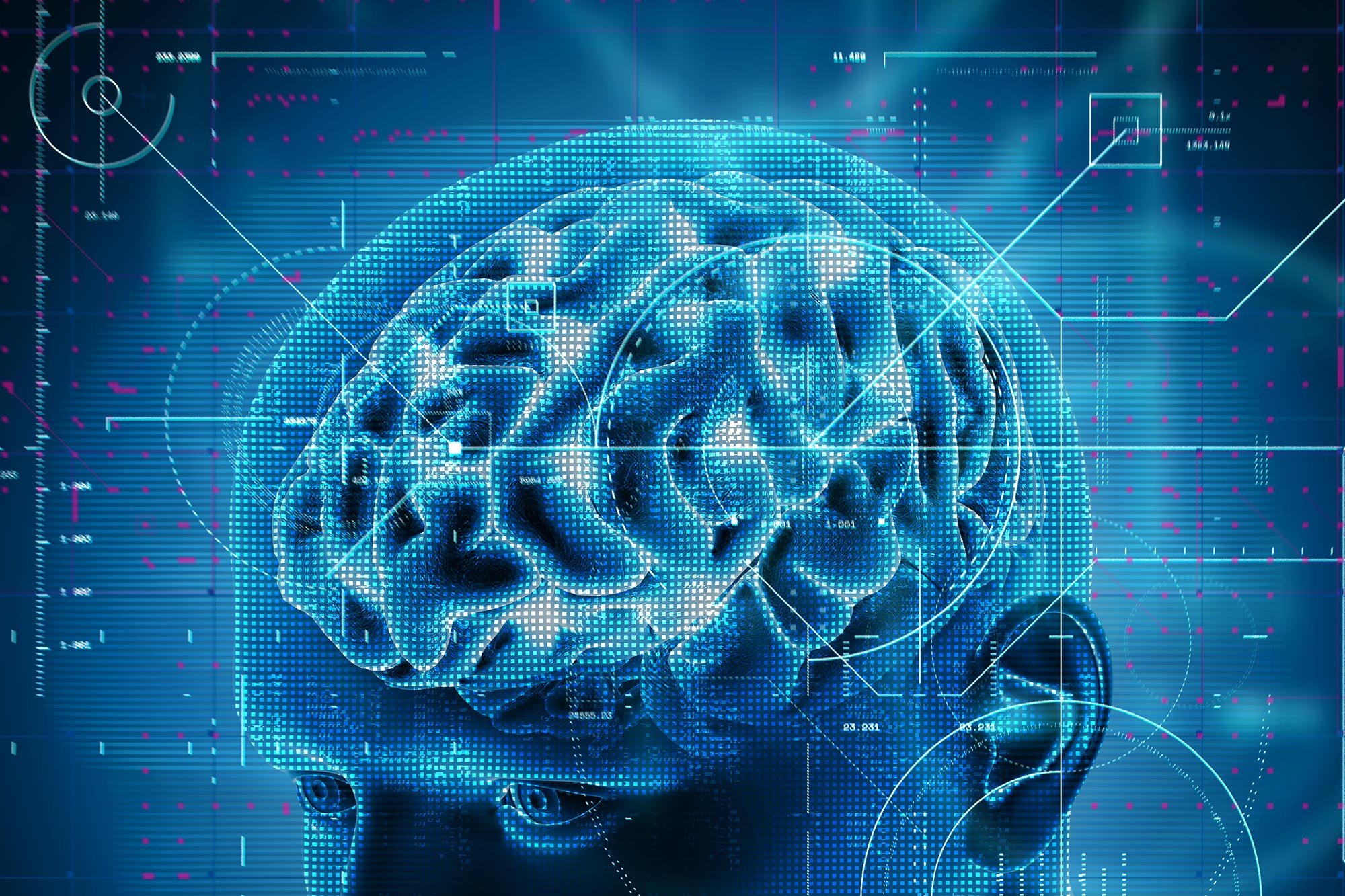
Naukowcy z National Institutes of Health zidentyfikowali nowe genetyczne czynniki ryzyka dla dwóch typów demencji innych niż choroba Alzheimera, z nieznanym wcześniej wariantem odkrytym w genie TCPN1 związanym z demencją z ciałami Lewy’ego.
Odkrycie dostarcza potencjalnych wskazówek dotyczących ciała Lewy’ego i otępienia czołowo-skroniowego.
We wspólnym wysiłku pomiędzy[{” attribute=””>National Institutes of Health’s National Institute of Neurological Disorders and Stroke (NINDS) and National Institute on Aging (NIA), scientists have discovered new genetic risk factors for non-Alzheimer’s dementia types, Lewy body dementia (LBD) and frontotemporal dementia (FTD). Published in Cell Genomics, the research team identified large-scale DNA changes, known as structural variants, by analyzing thousands of DNA samples using cutting-edge computer algorithms and machine learning. The study revealed a previously unknown variant in the TCPN1 gene associated with a higher risk for developing LBD, while also confirming well-established risk factors for FTD in the C9orf72 and MAPT genes. The researchers have made the analysis code and raw data available to the scientific community, along with an interactive app for further study.
Scientists at the National Institutes of Health have identified new genetic risk factors for two types of non-Alzheimer’s dementia. These findings were published in Cell Genomics and detail how researchers identified large-scale DNA changes, known as structural variants, by analyzing thousands of DNA samples. The team discovered several structural variants that could be risk factors Lewy body dementia (LBD) and frontotemporal dementia (FTD). The project was a collaborative effort between scientists at the National Institute of Neurological Disorders and Stroke (NINDS) and the National Institute on Aging (NIA) at NIH.
Structural variants have been implicated in a variety of neurological disorders. Unlike more commonly studied mutations, which often affect one or a few DNA building blocks called nucleotides, structural variants represent at least 50 but often hundreds, or even thousands, of nucleotides at once, making them more challenging to study.
“If you imagine that our entire genetic code is a book, a structural variant would be a paragraph, page, or even an entire chapter that has been removed, duplicated, or inserted in the wrong place,” said Sonja W. Scholz, M.D., Ph.D., investigator in the neurogenetics branch of NINDS and senior author of this study.
By combining cutting-edge computer algorithms capable of mapping structural variations across the whole genome with machine learning, the research team analyzed whole-genome data from thousands of patient samples and several thousand unaffected controls.
A previously unknown variant in the gene TCPN1 was found in samples from patients with LBD, a disease, that like Parkinson’s disease, is associated with abnormal deposits of the protein alpha-synuclein in the brain. This variant, in which more than 300 nucleotides are deleted from the gene, is associated with a higher risk for developing LBD. While this finding is new for LBD, TCPN1 is a known risk factor for Alzheimer’s disease, which could mean that this structural variant plays a role in the broader dementia population.
“From a genetics standpoint, this is a very exciting finding,” said Dr. Scholz. “It provides a point of reference for cell biology and animal model studies and possibly down the road, a target for intervention.”
By looking at a group of 50 genes implicated in inherited neurodegenerative diseases, the investigators were able to identify additional rare structural variants, including several that are known to cause disease. The analyses also identified two well-established risk factors for FTD changes in the C9orf72 and MAPT genes. These proof-of-concept findings bolstered the strength of the study’s new findings by demonstrating that the algorithms were properly working.
Because reference maps for currently-available structural variants are limited, the researchers generated a catalog based on the data obtained in these analyses. The analysis code and all the raw data are now available to the scientific community for use in their studies. An interactive app also allows investigators to study their genes of interest and ask which variants are present in controls vs. LBD or FTD cases. The authors assert these resources may make complex genetic data more accessible to non-bioinformatics experts, which will accelerate the pace of discovery.
“Research to unravel the intricate genetic architecture of neurodegenerative diseases is resulting in significant advances in scientific understanding,” said Bryan J. Traynor, M.D., Ph.D., senior investigator at NIA. “With each discovery, we shed light on the mechanisms behind neuronal cell death or dysfunction, paving the way for precision medicine to combat these debilitating and fatal disorders.”
Researchers expect that the dataset will continue to grow as additional data are analyzed.
Reference: “Genome-wide structural variant analysis identifies risk loci for non-Alzheimer’s dementias” by Karri Kaivola, Ruth Chia, Jinhui Ding, Memoona Rasheed, Masashi Fujita, Vilas Menon, Ronald L. Walton, Ryan L. Collins, Kimberley Billingsley, Harrison Brand, Michael Talkowski, Xuefang Zhao, Ramita Dewan, Ali Stark, Anindita Ray, Sultana Solaiman, Pilar Alvarez Jerez, Laksh Malik, Ted M. Dawson, Liana S. Rosenthal, Marilyn S. Albert, Olga Pletnikova, Juan C. Troncoso, Mario Masellis, Julia Keith, Sandra E. Black, Luigi Ferrucci, Susan M. Resnick, Toshiko Tanaka, The American Genome Center, International LBD Genomics Consortium, International ALS/FTD Consortium, PROSPECT Consortium, Eric Topol, Ali Torkamani, Pentti Tienari, Tatiana M. Foroud, Bernardino Ghetti, John E. Landers, Mina Ryten, Huw R. Morris, John A. Hardy, Letizia Mazzini, Sandra D’Alfonso, Cristina Moglia, Andrea Calvo, Geidy E. Serrano, Thomas G. Beach, Tanis Ferman, Neill R. Graff-Radford, Bradley F. Boeve, Zbigniew K. Wszolek, Dennis W. Dickson, Adriano Chiò, David A. Bennett, Philip L. De Jager, Owen A. Ross, Clifton L. Dalgard, J. Raphael Gibbs, Bryan J. Traynor and Sonja W. Scholz, 4 May 2023, Cell Genomics.
DOI: 10.1016/j.xgen.2023.100316
This work was supported in part by the Intramural Research Program at NINDS and NIA.

„Całkowity miłośnik kawy. Miłośnik podróży. Muzyczny ninja. Bekonowy kujon. Beeraholik.”







More Stories
Prognoza cukrzycy w Australii w 2024 r. | Wiadomości o Mirażu
„Gorąca sauna żabia” pomaga australijskim gatunkom w walce ze śmiercionośnym grzybem
Model sztucznej inteligencji poprawia reakcję pacjentów na leczenie raka